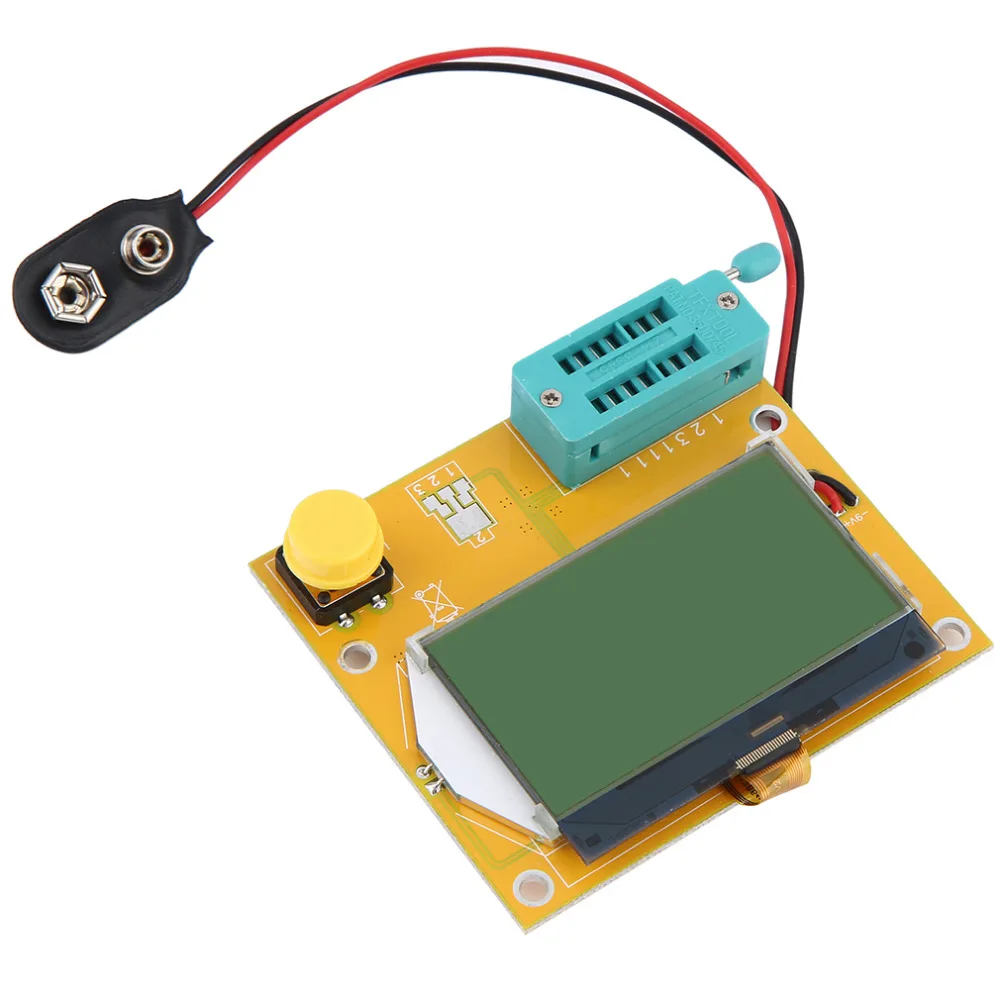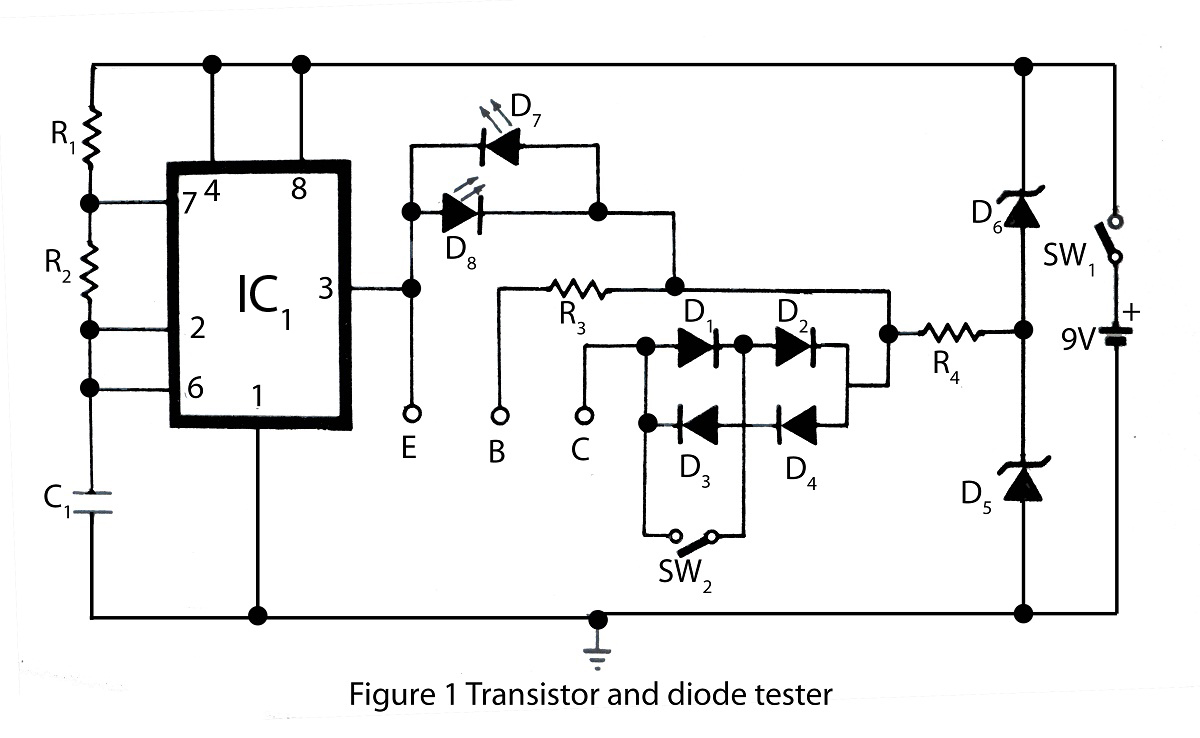


Resistors below 10Ω will be measured with the ESR approach and a resolution of 0.01Ω. Up to two resistors will be measured with a resolution down to 0.1Ω.Bipolar junction transistors are detected as a transistor with a parasitic transistor (NPNp = NPN + parasitic PNP).Automated detection of protection diodes in bipolar junction transistors and MOSFETs.Measurement of hFE and base-emitter-voltage for bipolar junction transistors, also for Darlingtons.Automated detection of pin assignment, this means the device-under-test can be connected to the tester in any order.Automated detection of NPN, PNP, N- and P-channel MOSFET, JFET, diodes und small thyristors, TRIAC.Press the TEST button and wait for the result shown on the OLED display.Each pin of the component should have its unique socket number (1 to 3). Plug the component to be tested into the socket row.Connect the Transistor Tester via the Micro-USB port to a 5V power supply.In any case, the device should be disconnected from the power supply and you should be sure that there is no residual voltage. Particular care should be taken when attempting to test components mounted on a circuit. Always discharge the capacitors before connecting them to the tester! The tester can be damaged before you turn it on. A protective circuit would probably also falsify the measurement results. It should be noted that the test inputs do not have a protective circuit. Execute the following commands (if necessary replace "usbasp" with the programmer you use):Īvrdude -c usbasp -p m328p -U lfuse:w:0xff:m -U hfuse:w:0xdb:m -U efuse:w:0xfd:mĪvrdude -c usbasp -p m328p -U flash:w:TransistorTester.hexĪvrdude -c usbasp -p m328p -U eeprom:w:TransistorTester.eep.Navigate to the folder with the hex and eep files.
#Transistor tester pcb Pc#
Connect your programmer to your PC and to the ICSP header of the device.

Among others, the hex and eep files are generated, which can then be uploaded into the ATmega. Navigate to the folder with the makefile.



 0 kommentar(er)
0 kommentar(er)
